Today we will discuss the finish-to-finish relationship.
Finish-to-finish (FF) is not very common in network diagrams. This project management dependency is used in activity-on-node diagrams but not used in the activity-on-arrow diagram.
Before we discuss this relationship, let’s understand the terms we will be using.
A predecessor activity comes before another activity in a schedule.
A successor activity comes after another activity.
A lead is when the second activity starts before the first is completed.
A lag is where the second activity is delayed after the completion of the first activity.
Lag is shown by the “+” and lead is denoted by the “-” sign.
Let’s get into detail about the FF relationship.
Finish-to-Finish Relationship
A project network diagram can have four types of dependency:
- Finish-to-start
- Finish-to-finish
- Start-to-finish
- Start-to-start
In this blog post, I will provide you with details of the finish-to-start relationship.
According to the PMBOK Guide, “Finish to Finish is a Logical Relationship in which a Successor Activity cannot finish until a Predecessor Activity has finished.”
In simpler words, the end of the successor activity depends on when the predecessor is done.
In this scenario, two activities can run in parallel, but the second task can be completed only when the first task is done.
Representation of Finish-to-Finish Activity
Here is how a finish-to-finish relationship is shown in a network diagram.
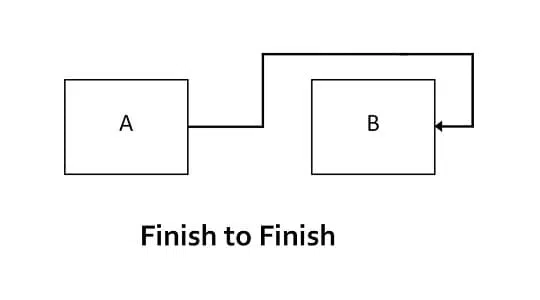
And this is how a finish-to-finish relationship is shown on a bar or a Gantt chart.
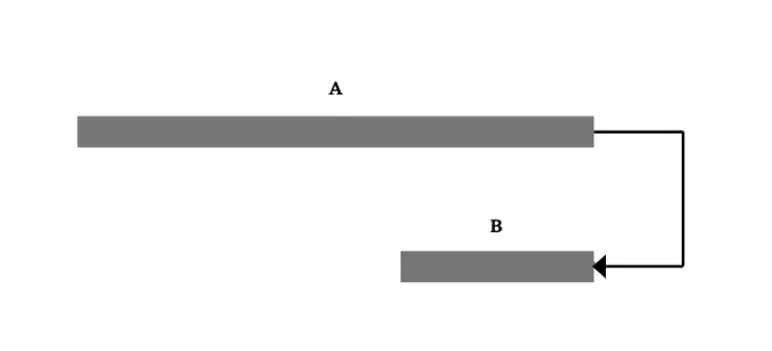
Example of a Finish-to-Finish Relationship
The writing of a document (predecessor) is required to finish before editing the document (successor) can finish.
Consider a project where the software needs to be implemented, but the requirements are still in progress. In this scenario, coding cannot be finished without the collecting requirements, which is a finish-to-finish relationship.
Let’s see an agile example.
Consider that the project is following the adaptive (agile) approach with a one-week sprint. There is no time for developers to deliver the product for testing on the last day. So to ensure the finish is the same (almost) from both development and testing, a project manager introduced a Test Driven Development framework where both can happen in parallel.
In this approach, test cases are written at the beginning of the sprint, the tester runs them, and all of them should fail. And as the sprint progresses, the developer and tester will keep working in parallel.
Here the finish is the same, but instead of following finish-to-start, we are not worried about starting the successor activity a little early.
Conclusion
Finish-to-finish is the relationship where a successor activity cannot be completed before a predecessor activity finishes. Finish-to-finish is not a commonly used relationship in project management but can be used in activity on node network diagrams.
Here is where this post on the finish-to-finish relationship ends. Please share your experience using this relationship in the comments section.

I am Mohammad Fahad Usmani, B.E. PMP, PMI-RMP. I have been blogging on project management topics since 2011. To date, thousands of professionals have passed the PMP exam using my resources.

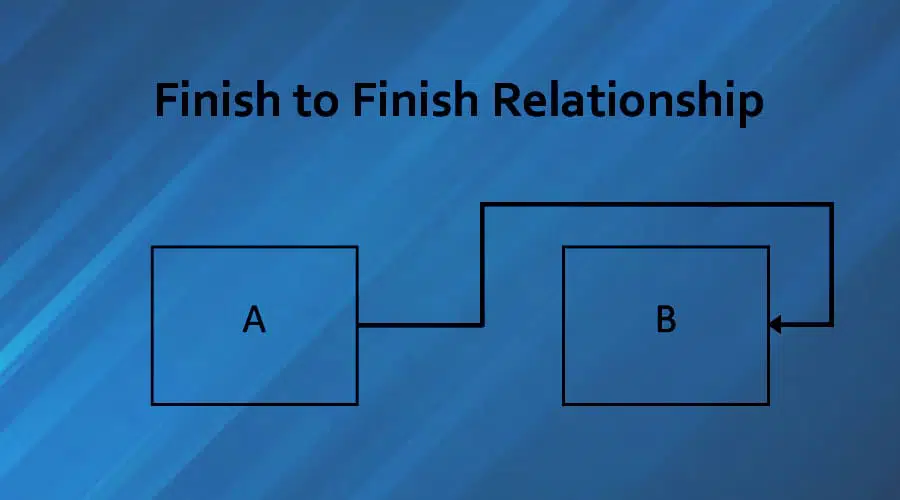
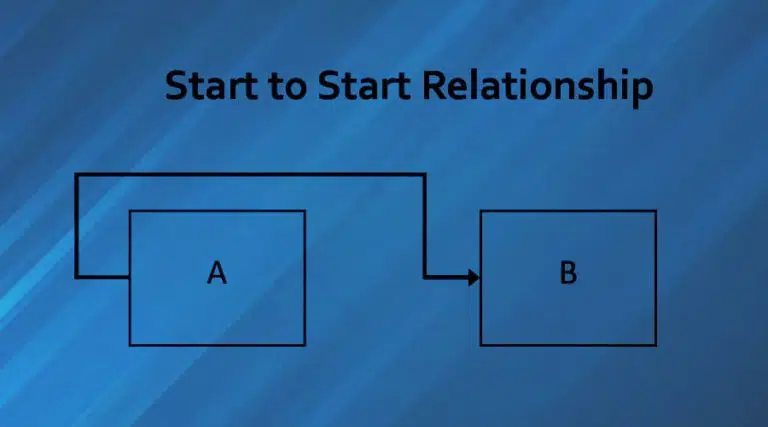
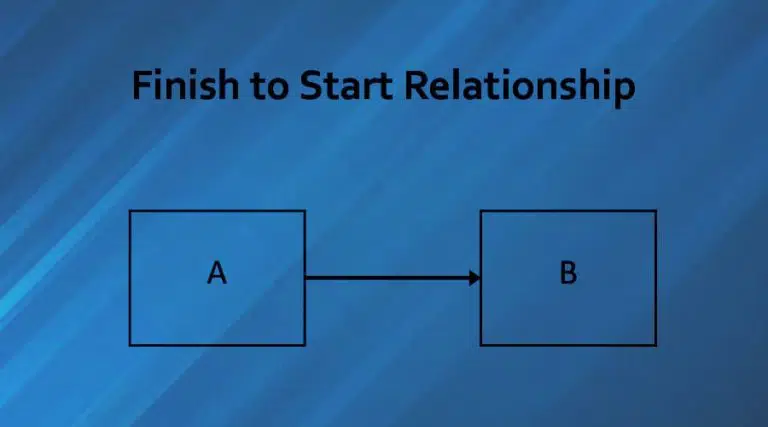
Two project activities A and B (B obegin dependetn A) have afinish_ finish relstiondhip with 8 days lag. The estimated duration for the activity are 10 and 15 respectively. If activity A is scheduled to start on the 12th day from the beginning of project, on which day can you schedule to start activity B?
Two project activities A and B (B obegin dependetn A) have afinish_ finish relstiondhip with 8 days lag. The estimated duration for the activity are 10 and 15 respectively. If activity A is scheduled to start on the 12th day from the beginning of project, on which day can you schedule to start activity B? Please, solve
13